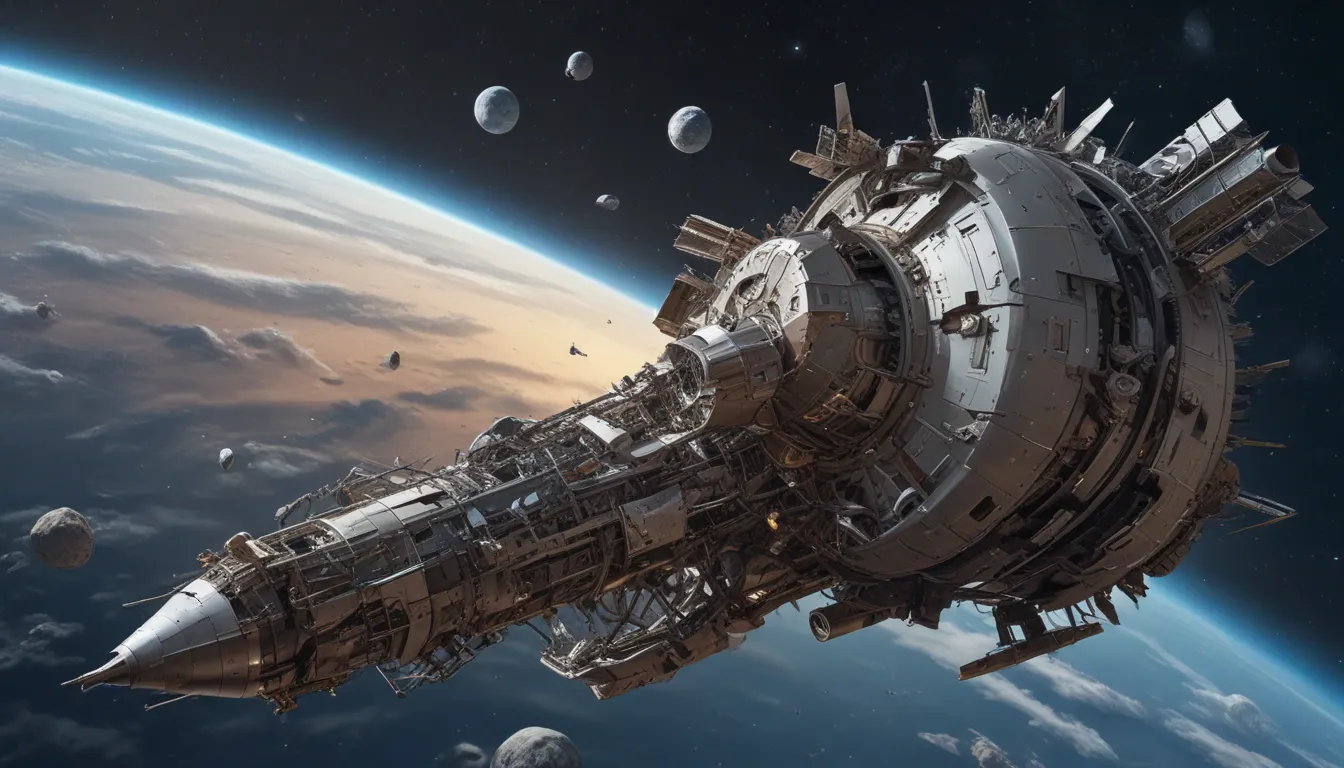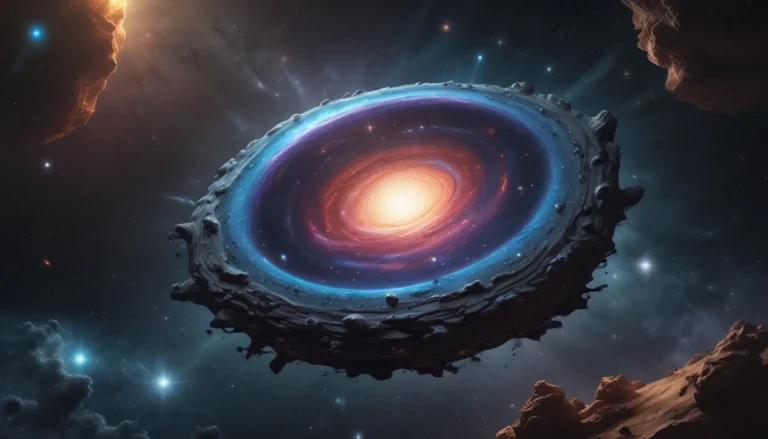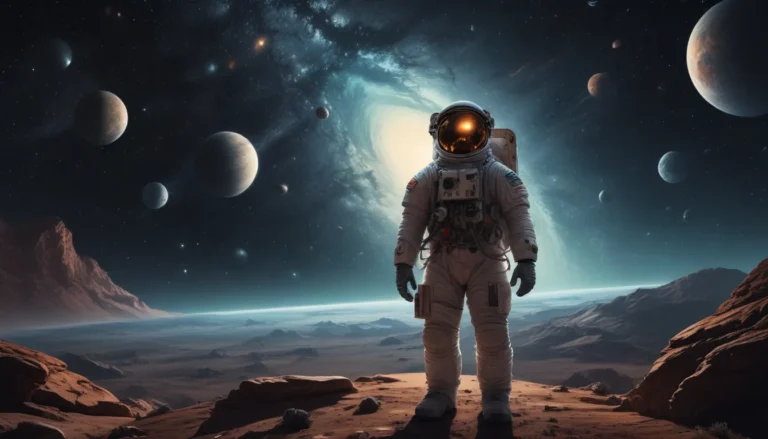The pictures we use in our articles might not show exactly what the words say. We choose these pictures to make you interested in reading more. The pictures work together with the words but don’t take their place. The words still tell you the important facts.
Space, the final frontier, has always intrigued and captivated the imaginations of humans for centuries. However, as we venture further into the cosmos, we have left behind a not-so-pleasant legacy: space junk. Yes, beyond the stars and planets, there lies a growing cloud of debris that poses a serious threat to active satellites and the International Space Station (ISS). In this article, we will delve into the intriguing world of space junk and uncover 16 captivating facts that will leave you in awe of the impact we've made beyond Earth's atmosphere. Let's embark on a journey through the cluttered depths of space and explore the complexities of managing and mitigating this space debris.
The Definition and Threat of Space Junk
Space junk refers to man-made debris that orbits the Earth, including defunct satellites, spent rocket stages, and fragments from disintegrated objects. This debris poses a significant threat to active satellites and the ISS, with over 500,000 pieces larger than a marble orbiting the Earth at high speeds. The accumulation of space junk continues to grow, raising concerns for space agencies and private companies alike.
The Dangers and Challenges of Space Debris
Space junk can cause catastrophic damage to satellites and the ISS, disrupting communication networks and impacting weather forecasting systems. These objects can remain in orbit for hundreds of years due to the lack of atmospheric drag at higher altitudes, complicating efforts to manage and mitigate the risks associated with space debris. With space junk traveling at speeds of up to 17,500 miles per hour, monitoring systems are crucial for ensuring the safety of spacecraft and astronauts in space.
Tracking and Managing Space Junk
Space agencies like NASA and the European Space Agency track and catalog space junk to provide early warnings and facilitate collision avoidance maneuvers for operational satellites. However, collisions between satellites can create even more space debris, leading to a chain reaction of collisions known as the Kessler Syndrome. Efforts are underway to develop technologies for active debris removal to clean up the space environment around Earth and reduce the risks of collision.
Space Debris and Our Approach to Mitigation
The International Space Station performs occasional debris avoidance maneuvers to prevent collisions with space junk, highlighting the importance of real-time monitoring and management of space debris. When space junk re-enters the Earth's atmosphere, it burns up, but larger debris may survive re-entry, posing risks to inhabited areas. Space agencies are working on space traffic management policies and procedures to ensure the long-term sustainability of space activities amidst the increasing number of satellites being launched.
Sustainable Practices and Future Challenges
Countries and companies are focusing on sustainable practices for satellite deployment to minimize the creation of space debris. As space agencies and private companies plan missions to the Moon, Mars, and beyond, the presence of space junk adds complexity and risk to these endeavors. Space debris mitigation measures are crucial for ensuring the safety and success of future space exploration missions.
Conclusion: Working Towards a Cleaner Space Environment
In conclusion, space junk poses a significant challenge for space exploration and satellite communication. Efforts are being made to mitigate the issue through new technologies, international guidelines, and responsible space practices. By raising awareness, monitoring, and finding solutions, we can work towards a cleaner and safer space environment for future generations to explore and benefit from.
Did You Find This Article Helpful?
Our commitment to delivering trustworthy and engaging content is reflected in each fact we share. Your engagement and contributions help us uphold the highest standards of accuracy and reliability. Join us in exploring the fascinating world of space junk and the innovative solutions being developed to ensure a sustainable future for space exploration.






